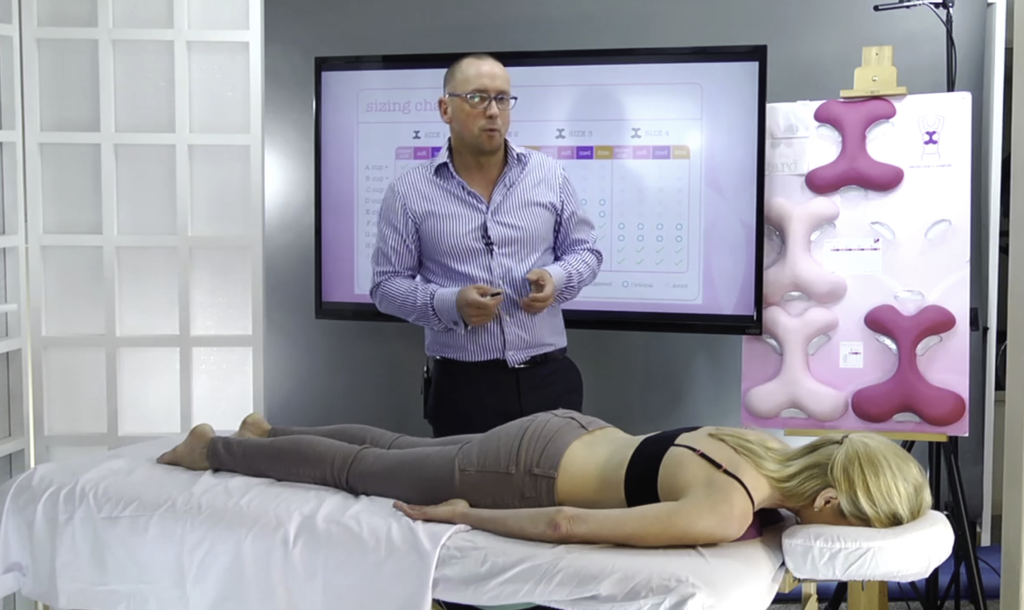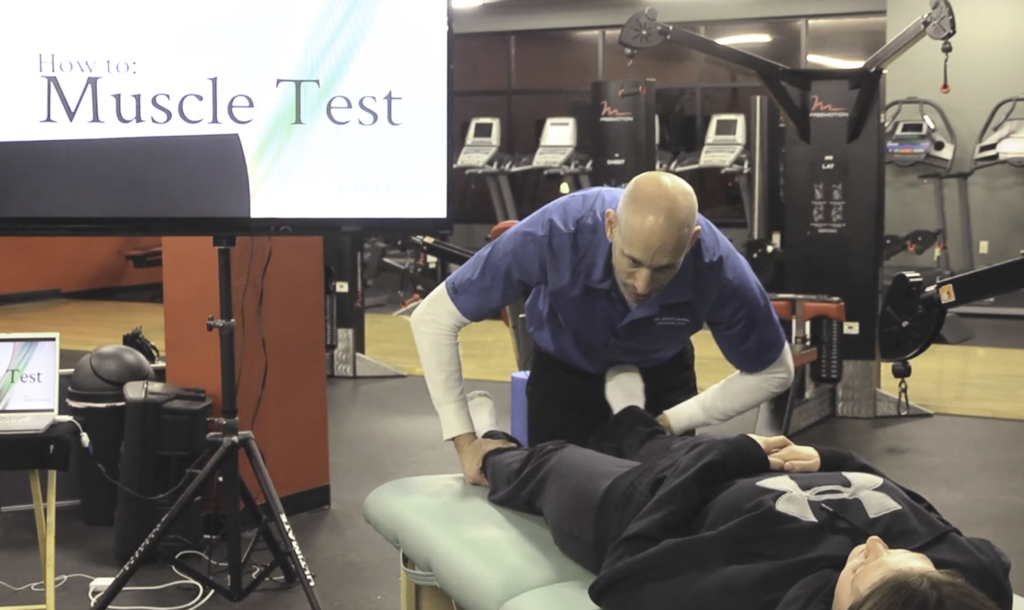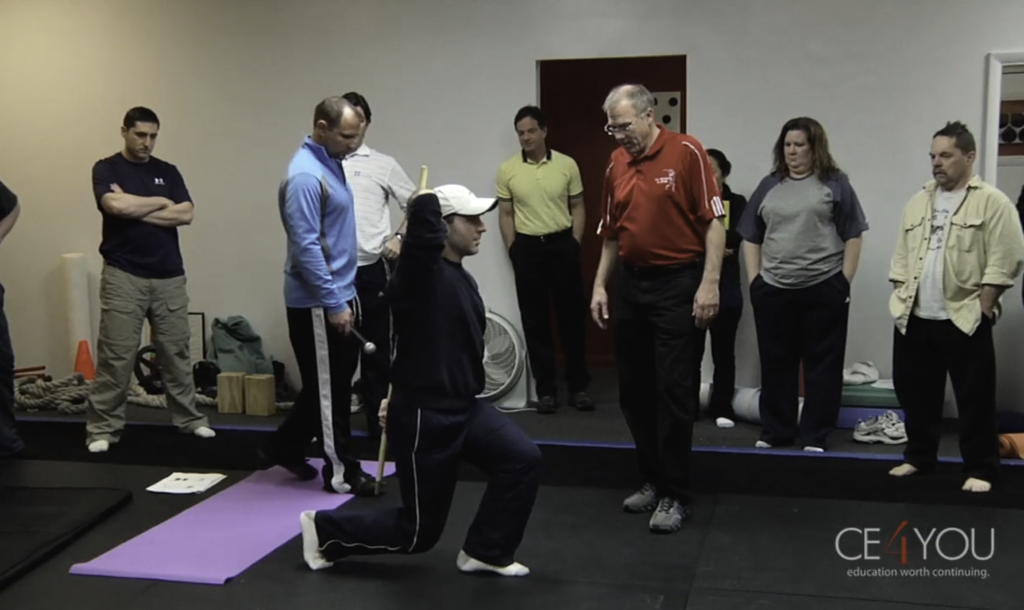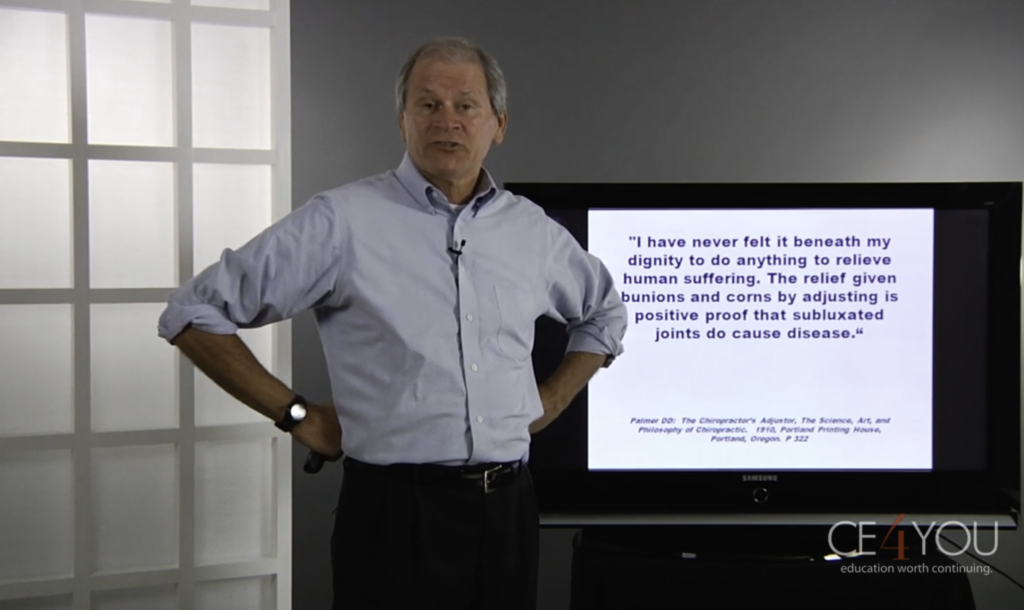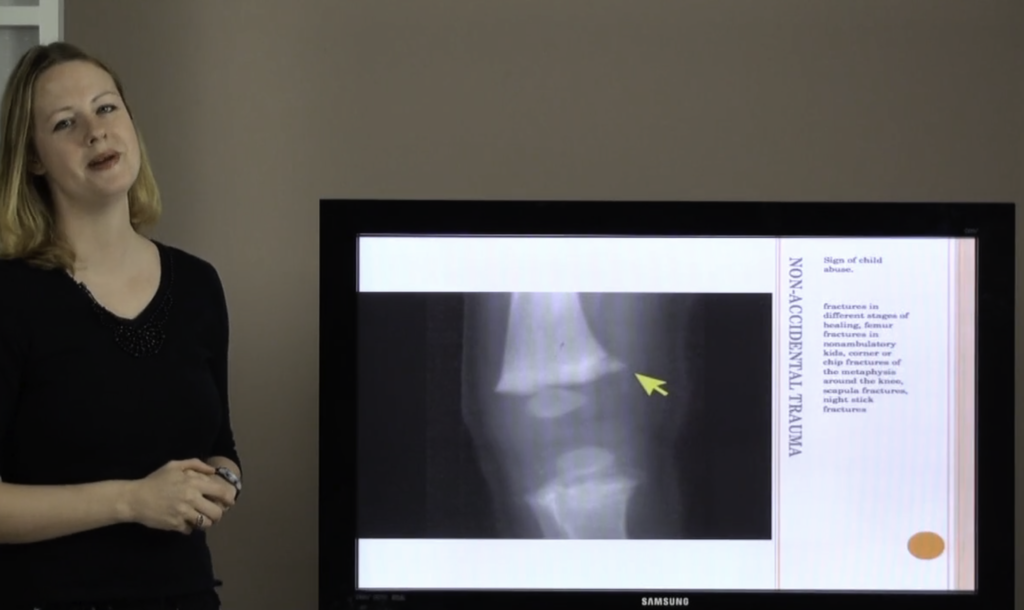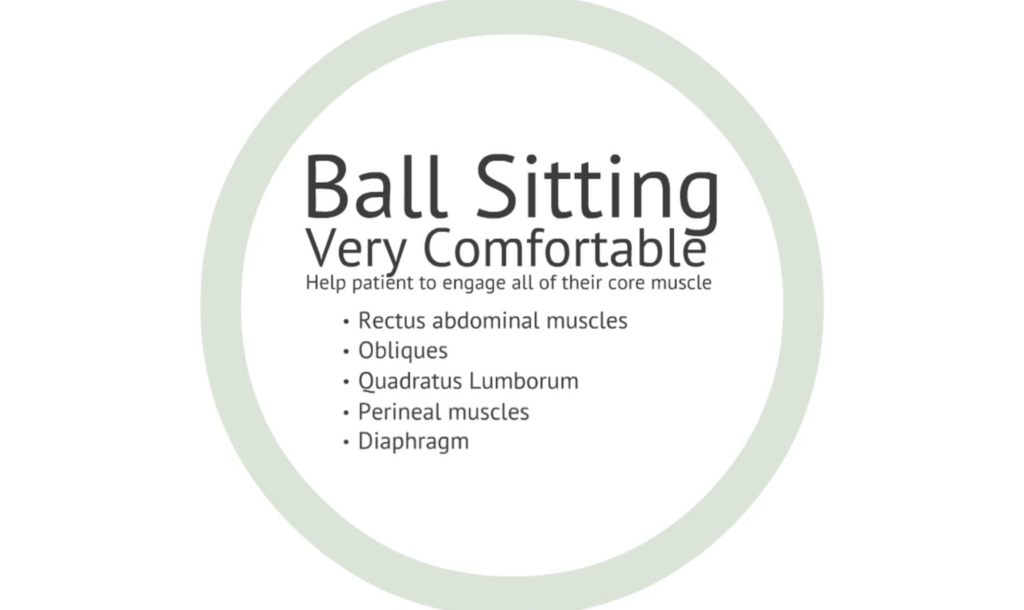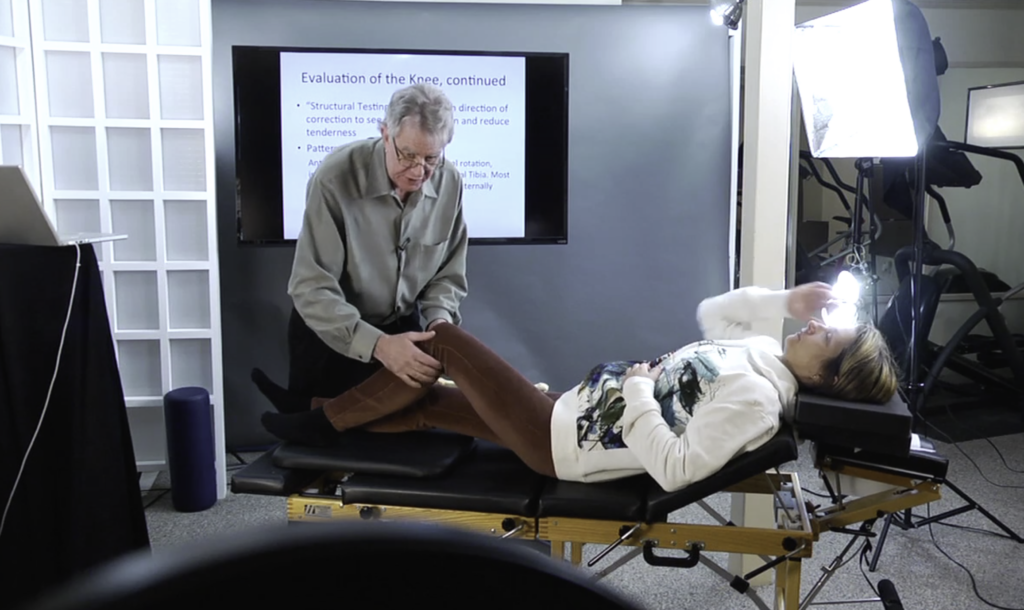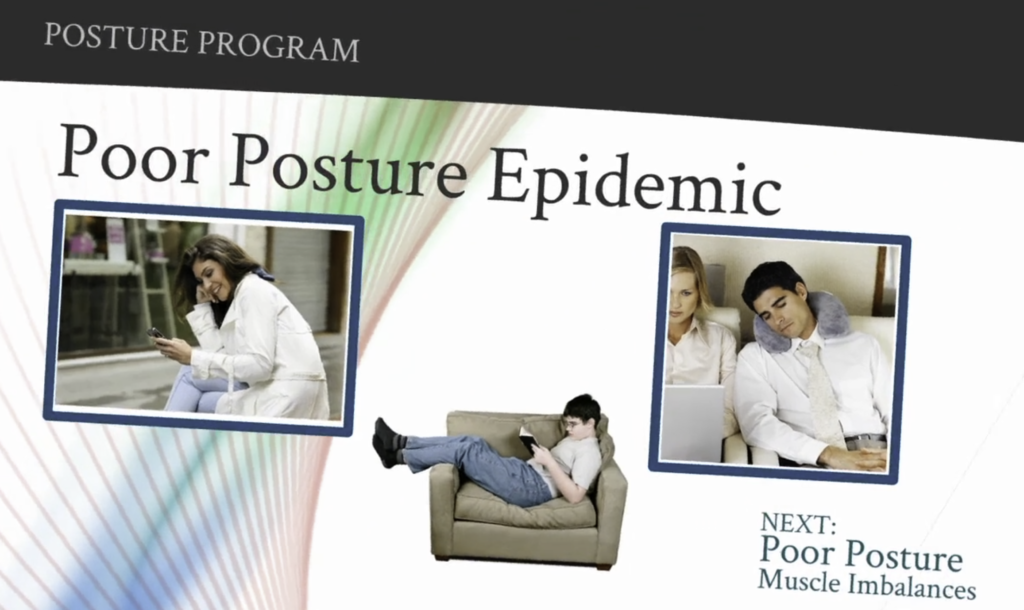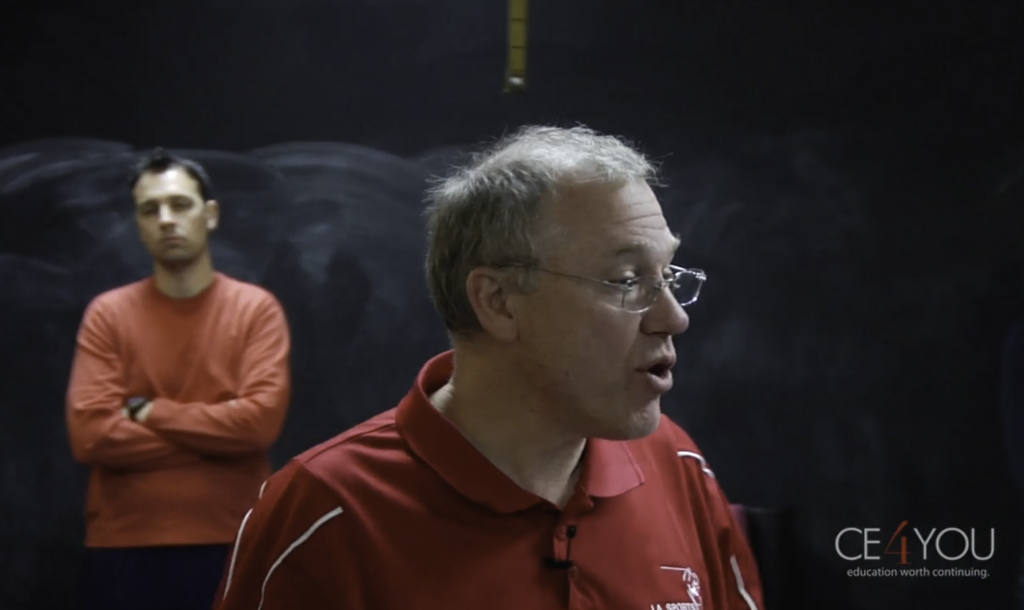Risk Management Considerations of Treating Patients With Altered or Painful Breast Structures, Hour 7 of 7, The Truncal Orthotic
This hour is one of seven in this course. The course will teach the anatomy and physiology of the breasts and anterior thoracic structures. Dr. Paul Evans delves into the many abnormalities, conditions, dangers, and precautions to take when treating patients in the prone position. This course will describe the common dysfunctions, surgical procedures, and […]


